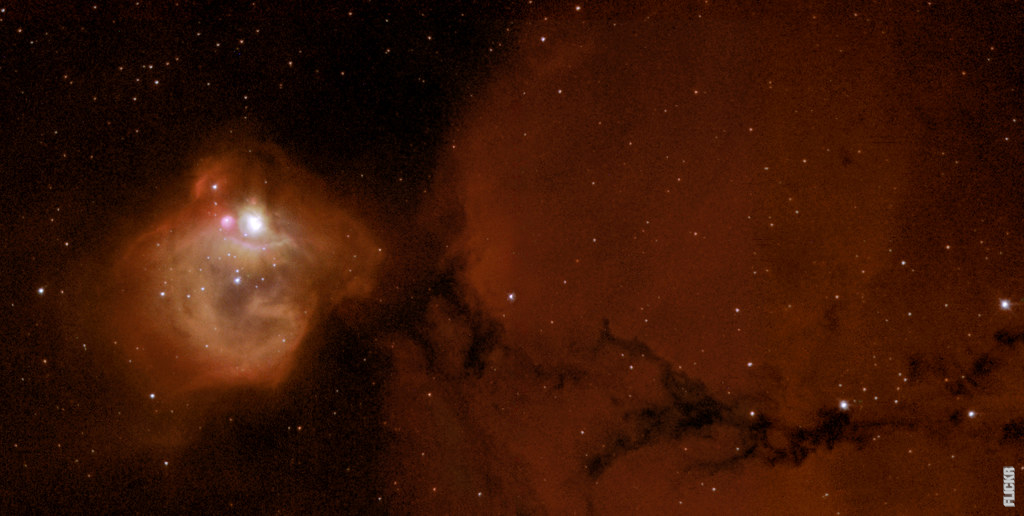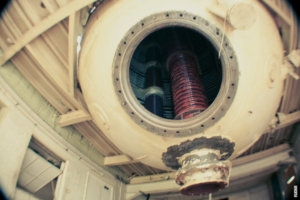The Giants of the Night Sky
When we gaze up at the stars, we are often left in awe of the vastness and beauty of the universe. But have you ever wondered how we are able to see these celestial wonders in such detail? The answer lies in the incredible technological advancements of astronomical telescopes. Let’s explore some of the most famous ones that have revolutionized our understanding of the cosmos.
Hubble Space Telescope
One cannot discuss astronomical telescopes without mentioning the iconic Hubble Space Telescope. Launched into orbit in 1990, the Hubble has provided us with breathtaking images and invaluable data about the universe. From discovering distant galaxies to studying exoplanets, the Hubble has contributed to countless scientific breakthroughs.
Keck Observatory
The Keck Observatory, located in Hawaii, is home to the largest optical and infrared telescopes in the world. Its twin telescopes, each with a mirror measuring 10 meters in diameter, enable astronomers to observe objects with incredible precision. The Keck Observatory has played a crucial role in studying the formation of galaxies and the existence of supermassive black holes.
Chandra X-ray Observatory
While most telescopes observe visible light, the Chandra X-ray Observatory takes a different approach. It captures X-ray emissions from celestial objects, revealing a side of the universe that would otherwise remain hidden. By detecting X-rays, Chandra has allowed scientists to study phenomena such as black holes, supernovas, and quasars in unprecedented detail.
ALMA
The Atacama Large Millimeter/submillimeter Array (ALMA) is a collection of radio telescopes located in the high desert of Chile. ALMA specializes in observing the universe at longer wavelengths, providing insights into the formation of stars and planets. Its ability to peer through cosmic dust clouds has allowed astronomers to study the birth of galaxies and the early stages of solar system formation.
Post
Post
JWST
The James Webb Space Telescope (JWST) is the highly anticipated successor to the Hubble. Set to launch in 2021, the JWST will be the most powerful space telescope ever built. Equipped with advanced infrared capabilities, it will enable us to probe even deeper into the universe and potentially detect signs of life on exoplanets.
Unraveling the Mysteries of the Universe
These are just a few examples of the exceptional astronomical telescopes that have shaped our understanding of the cosmos. From the stunning images captured by the Hubble to the groundbreaking discoveries made by Chandra, these telescopes have allowed us to unravel the mysteries of the universe and ignite our curiosity about what lies beyond.
As technology continues to advance, we can only imagine the incredible discoveries that await us in the future. With each new telescope that reaches for the stars, we inch closer to unlocking the secrets of our vast and wondrous universe.



